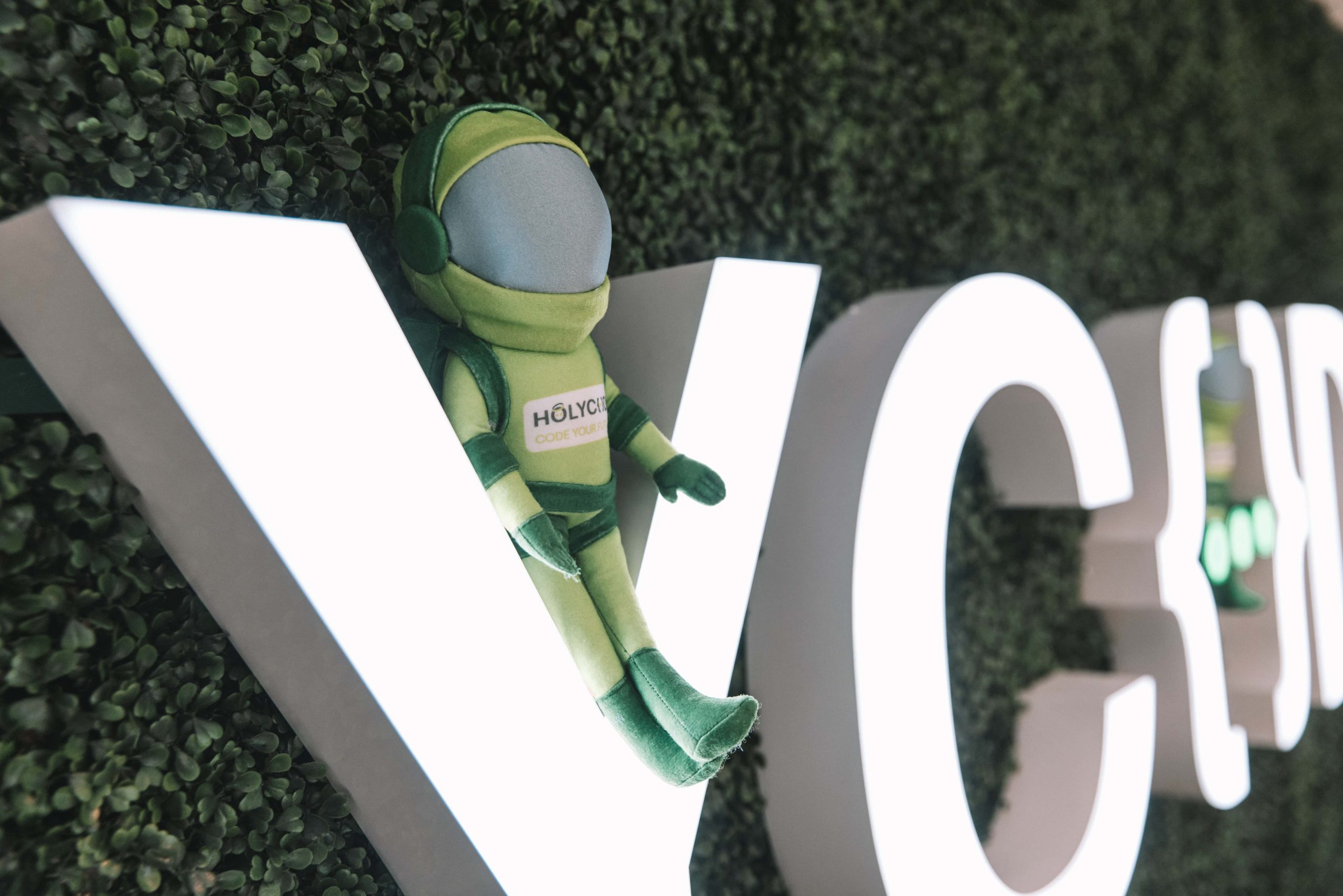How to master product ideation
Product ideation is a vital phase in the product development life cycle. It involves generating, developing and communicating new ideas that will lead to the creation of innovative and useful products.

Whether you’re a startup looking to disrupt an industry or an established company wanting to stay ahead of the competition, knowing how to master product ideation is a step you must not overlook. This blog post will delve into what product ideation is, the stages involved, and the top three best practices to help you excel in this process.
What is product ideation?
Product ideation is the creative process of generating, developing and curating new product ideas. It is the foundation upon which successful products are built. This process not only includes brainstorming but also involves validating ideas to ensure they align with market needs and business goals. The objective of product ideation is to come up with viable concepts that can be transformed into products that customers want and need.
Stages of product ideation
The product ideation process typically involves several key stages and each of them is rather important:
1. Idea generation
This is the initial stage where you generate as many ideas as possible. It’s important to encourage creativity and out-of-the-box thinking, regardless of the size of your team involved in this stage. Techniques such as brainstorming sessions, mind mapping, and SCAMPER (Substitute, Combine, Adapt, Modify, Put to another use, Eliminate, and Reverse) can be very effective. During this stage, the goal is to produce a large quantity of ideas without immediately judging their feasibility.
2. Idea screening
Once you have a pool of ideas, the next step is to screen them. This involves evaluating the ideas to identify the most promising ones. Criteria for screening can include market potential, alignment with business objectives, feasibility, and cost implications. The aim is to filter out impractical ideas and focus on those that have the highest potential. You don’t want to waste both time and money on ideas that are more likely to fail.
3. Concept development
In this stage, the ideas you selected are the ones being developed into detailed concepts. This involves defining the product features, benefits, and target market. Working on prototyping or sketches can help you visualise the product. It’s also beneficial to gather feedback from potential customers to refine the concepts further in order to make the best possible product.
4. Idea validation
Validation is a critical stage of knowing how to master product ideation where the concepts are tested in the real world. This can involve market research, surveys, and beta testing with a small group of users. The objective is to gather data to confirm that there is a demand for the product and to identify any potential issues that need to be addressed.
5. Final selection
Based on the feedback and data collected during the validation stage, the final idea is selected for development. This involves a thorough analysis of the market potential, investment required, and the expected return on investment (ROI). Obviously, this is not a fast or easy process, but if you’ve chosen your ideas carefully, you have a great idea to take into the next stage of the product development life cycle.

Top 3 best practices for mastering product ideation
Mastering product ideation requires not only following the stages we mentioned above but also implementing best practices to ensure success. Here is what we’ve learnt from being a reliable nearshore partner for over 10 years:
Foster a creative and collaborative environment
Creativity thrives in an environment where team members feel free to express their ideas without fear of criticism. Encourage open communication and collaboration among team members. Diverse teams, comprising individuals from different backgrounds and areas of expertise, tend to generate more innovative ideas. Use techniques such as brainstorming sessions, workshops, and collaborative tools to facilitate the free flow of ideas.
Leverage customer insights
Understanding your customers’ needs, preferences, and pain points is crucial for generating ideas that resonate with the market. Use various methods to gather customer insights, such as surveys, interviews, focus groups, and social media listening. Analyse customer feedback and identify common themes and trends. This information can serve as a valuable source of inspiration for ideation.
Implement a structured process
While creativity is important, it needs to be channelled through a structured process to be effective. Implement a systematic approach to ideation, following the stages mentioned above. Use frameworks and tools to guide the process and ensure that all ideas are evaluated against consistent criteria. A structured process helps maintain focus, ensures thorough evaluation, and increases the likelihood of identifying viable ideas.
Conclusion
Product ideation is a critical step in the product development process that sets the stage for creating innovative and successful products. By understanding the stages of ideation and implementing best practices, you can enhance your ability to generate and develop ideas that meet market needs and drive business growth. Foster a creative and collaborative environment, leverage customer insights, and implement a structured process to master product ideation. With these strategies in place, you’ll be well-equipped to bring innovative products to market and achieve lasting success. And if you need extra help with the product ideation process, contact us and we will make sure you have a winning idea.
Let’s start achieving excellence together
Get in touch with our experts today to turn your ideas into reality and accelerate business growth.




